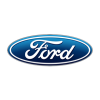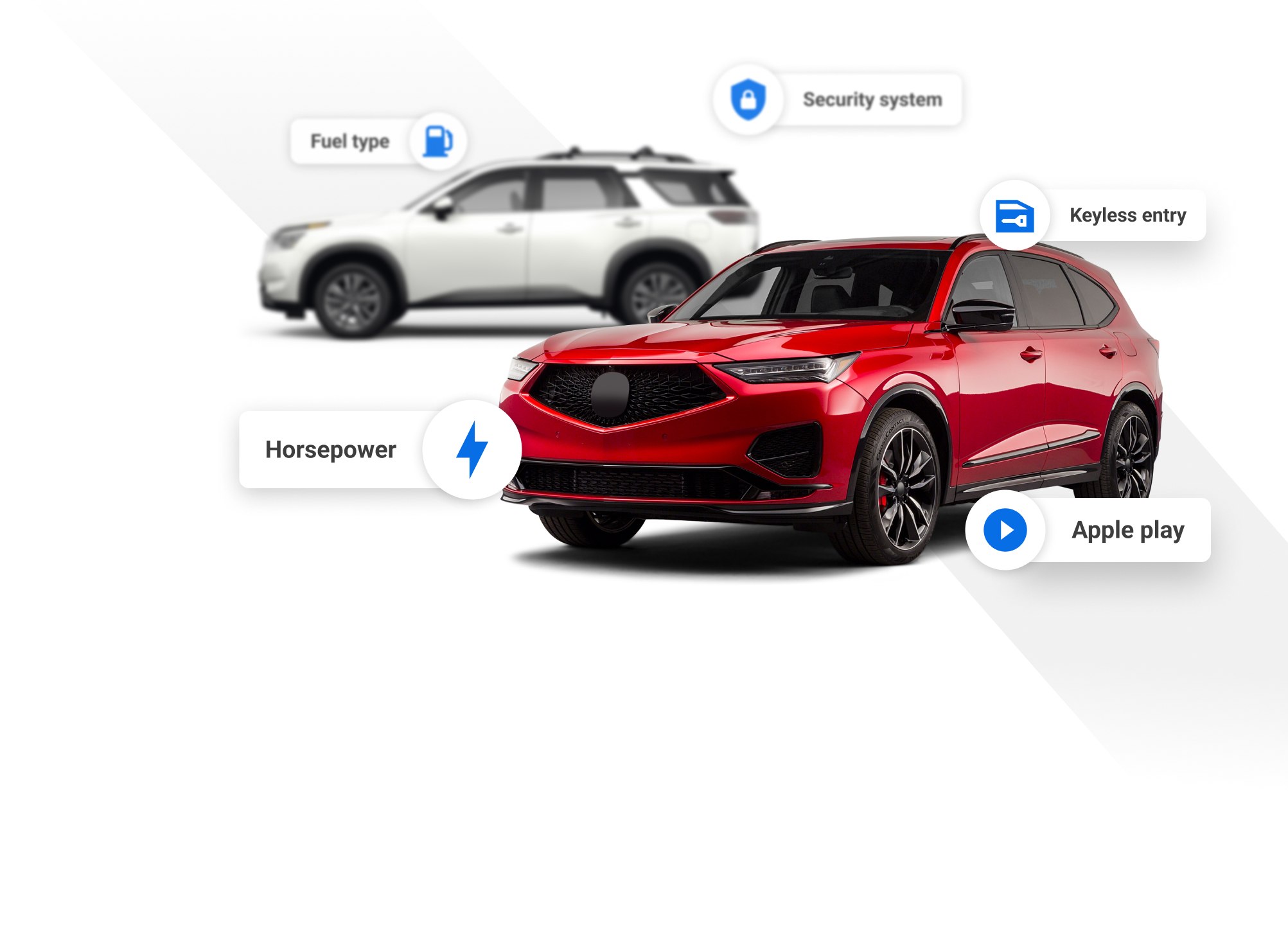
2022 Ford Escape


Key Specifications for 2022 Ford Escape






Buyer’s Guide
History/Overview
If you told us you’d never heard of the Ford Escape, well, we wouldn’t believe you. Since the early 2000s, the Escape has been among Canada’s most popular choices in the compact crossover class, never mind one of the country’s favourite vehicles overall, through four generations. The current Escape was introduced in 2020.
What’s New/Key Changes From Last Year
This year, the Escape is unchanged.
Available Trims
Ford offers its compact utility in S, SE, SEL and Titanium trim levels. The first three come standard with a 1.5L turbo three-cylinder gas engine, with the option of a 2.0L turbo four-cylinder, which is standard in Titanium. SE, SEL and Titanium also offer gas-electric hybrid and plug-in hybrid (PHEV) powertrains, both of which match a 2.5L engine with an electric motor, with the PHEV boasting a bit more power.
Gas and hybrid powertrains come with an eight-speed transmission and front- or all-wheel drive, and PHEV models get a continuously variable automatic and front-wheel drive.
Standard Features
Escape S comes with manual A/C, auto on/off headlights, six-speaker audio, a 4.2-inch infotainment display, and 17-inch steel wheels with covers.
Escape’s standard safety features include forward collision mitigation with pedestrian detection, lane keeping assist, blind spot monitor, rear cross-traffic alert, and automatic high beams.
SE gains passive keyless entry, 8.0-inch Sync 3 infotainment with Apple CarPlay/Android Auto, heated front seats, and 17-inch alloy wheels. SE Hybrid and PHEV also come with dual-zone A/C.
SEL trim adds rear parking sensors, dual-zone automatic A/C, heated steering wheel, ActiveX upholstery, a power driver’s seat, heated side mirrors, LED signature lighting, a power tailgate, fog lights, and 18-inch wheels.
Finally, Titanium models get a digital gauge cluster, auto-dimming rearview mirror, ambient lighting, a garage door remote, navigation, a power front passenger seat, hands-free tailgate, LED fog lights, 19-inch wheels, rain-sensing wipers, and LED headlights.
Key Options
Escape SE options include a convenience package (power driver’s seat, dual-zone A/C, and a power tailgate); a cold weather package (heated front seats, automatic temperature control, heated side mirrors, and heated steering wheel); and a sport appearance package (19-inch wheels and black exterior trim elements).
SEL offers a tech package (10-speaker audio, hands-free tailgate, digital gauges, and wireless phone charging); and a class II towing package.
The Co-Pilot 360 assist package adds adaptive cruise control, lane centering, speed sign recognition, evasive steering assist, and navigation.
Finally, the Titanium Elite package adds active park assist, 10-speaker audio, bright exterior trim, head-up display, leather seating and steering wheel, and wireless phone charging.
Fuel Economy
Escape fuel consumption estimates start with the 1.5L engine and FWD at 8.5/6.8 L/100 km (city/highway), and 9.0/7.6 L/100 km with AWD. The 2.0L/AWD combo is rated for 10.5/7.5 L/100 km.
Escape Hybrid’s estimates are 5.4/6.3 L/100 km with FWD, and 5.5/6.4 with AWD.
Escape PHEV is rated for 5.5/6.2 L/100 km (city/highway) when running in gas-electric mode, and 2.2 Le/100 km in battery mode. Ford says the PHEV can go up to 60 km on a charge of its battery.
Competition
The compact crossover class is a large one, pitting the Escape against the Honda CR-V, Toyota RAV4, Hyundai Tuscon, Kia Sportage, Chevrolet Equinox, GMC Terrain, Volkswagen Tiguan, Jeep Compass and Cherokee, Nissan Rogue, Mazda CX-5, and Mitsubishi Eclipse Cross and Outlander.
Review & Compare:
Photos


















































































AutoTrader Review
























